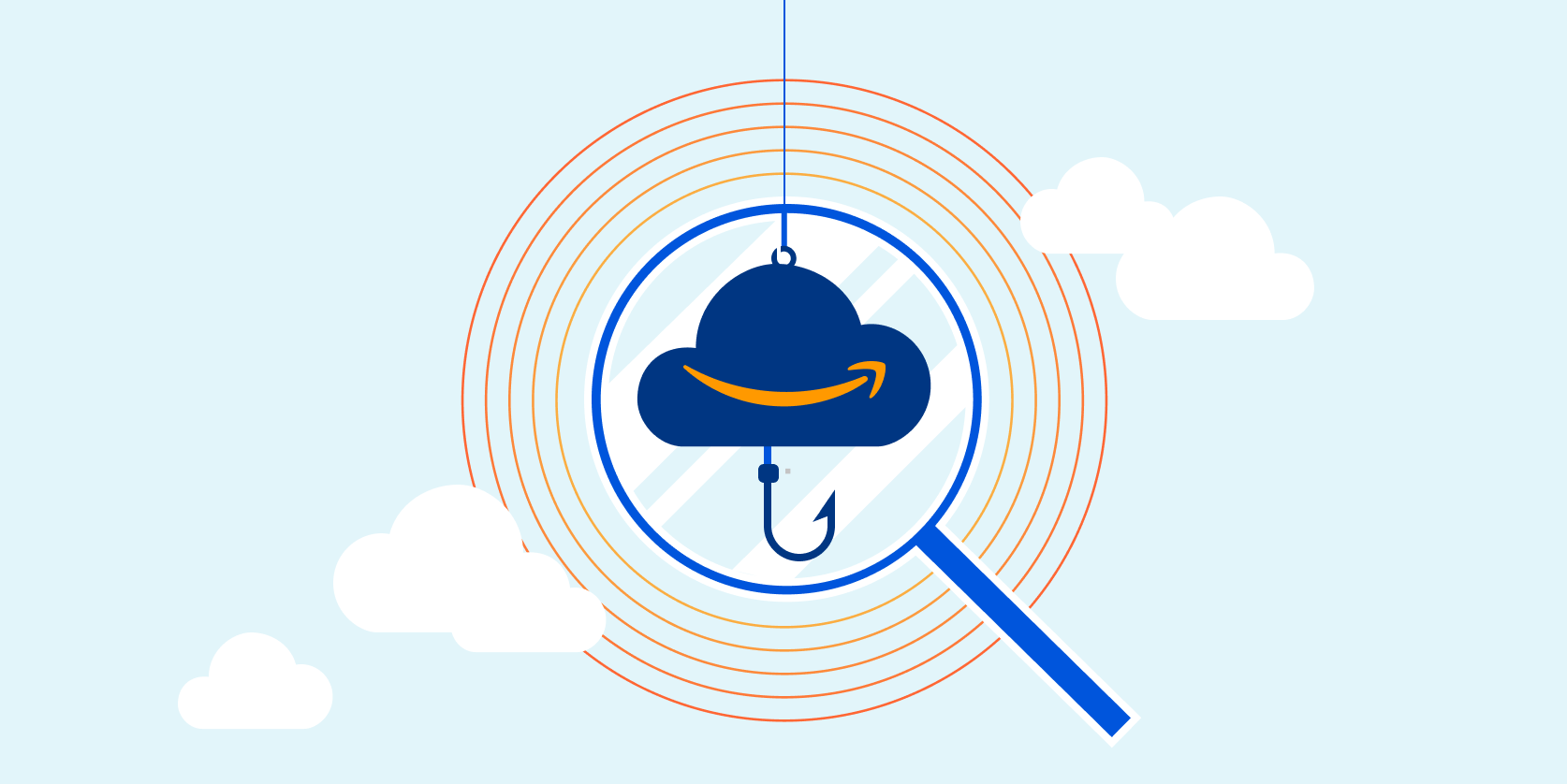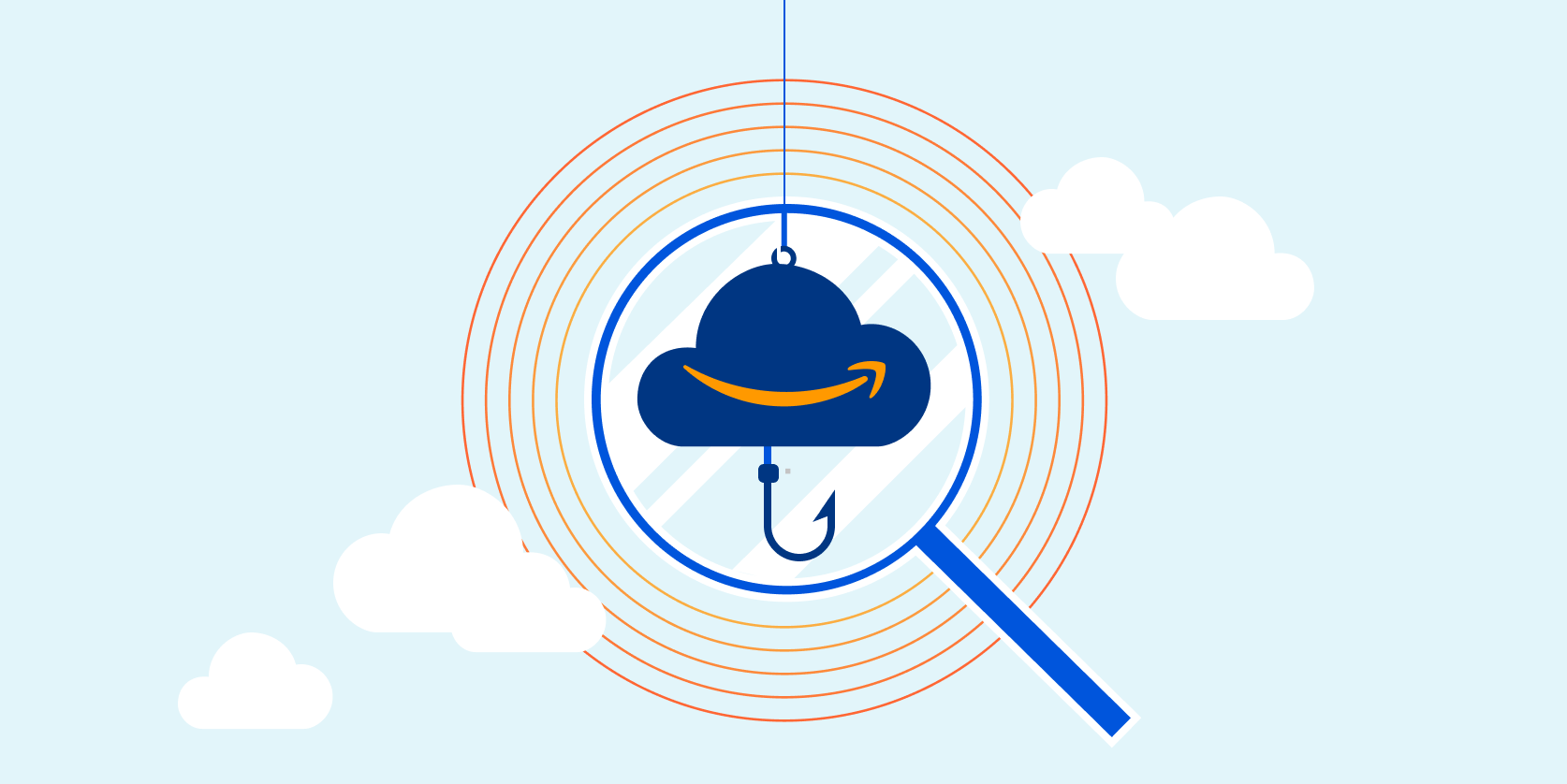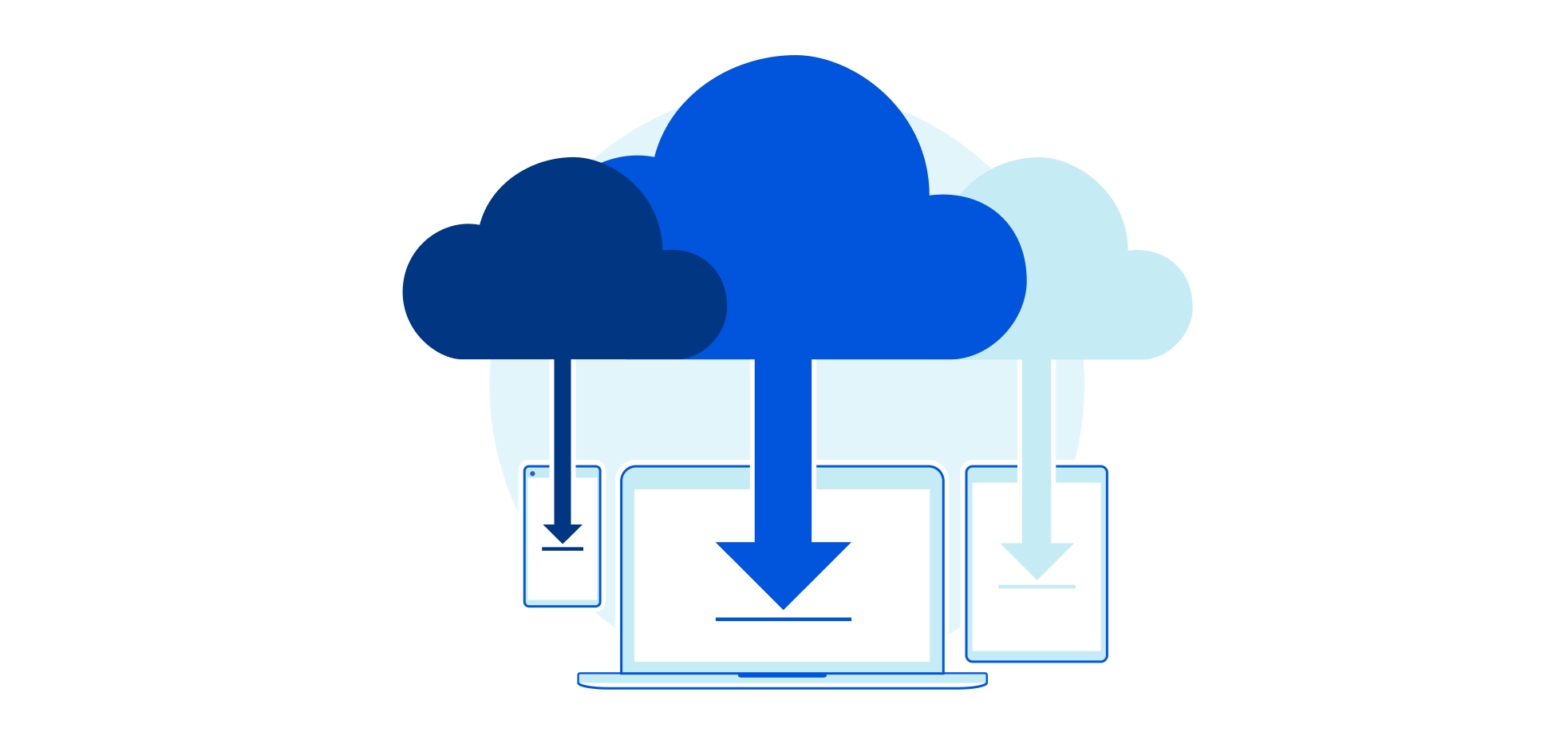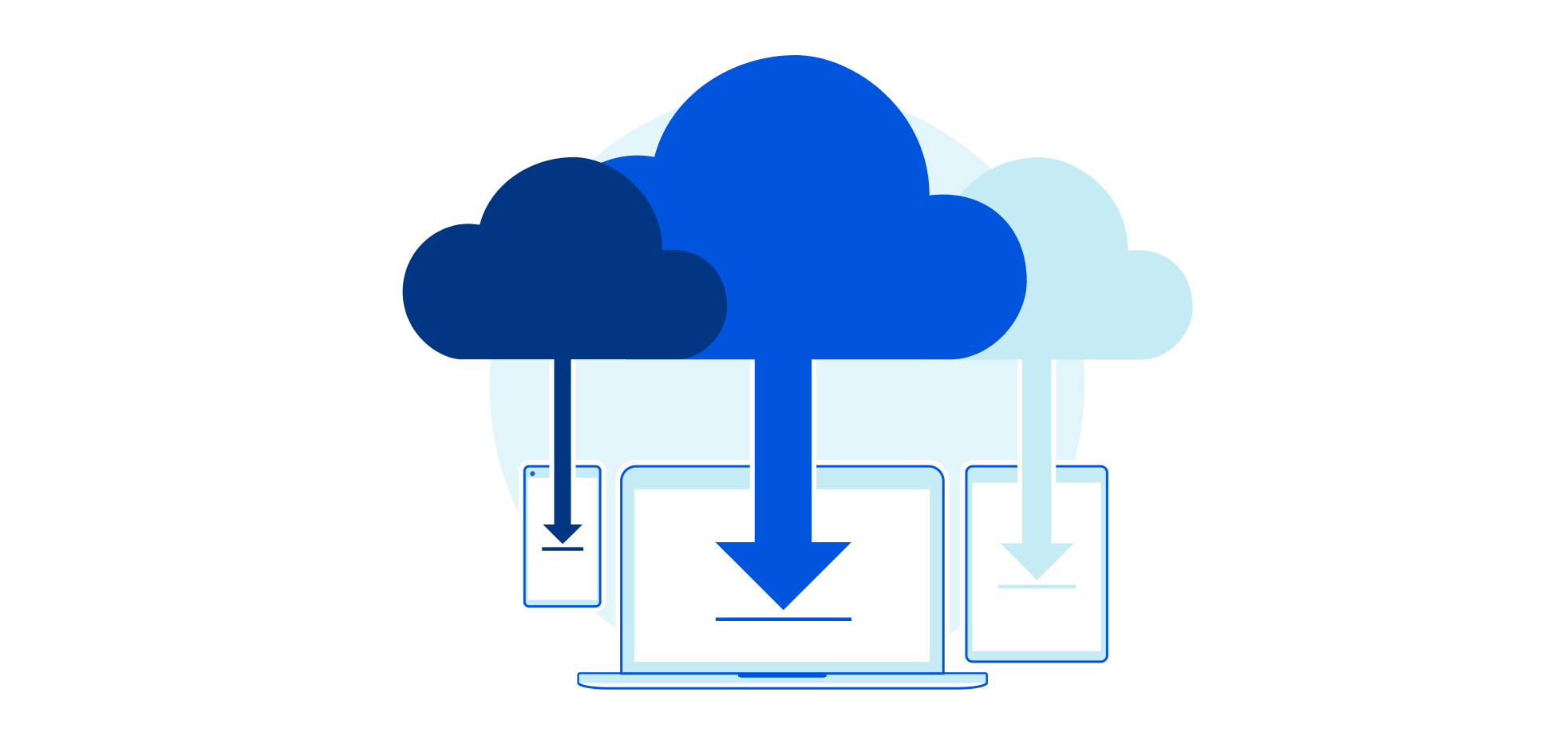Cloudflare’s Handling of an RCE Vulnerability in cdnjs
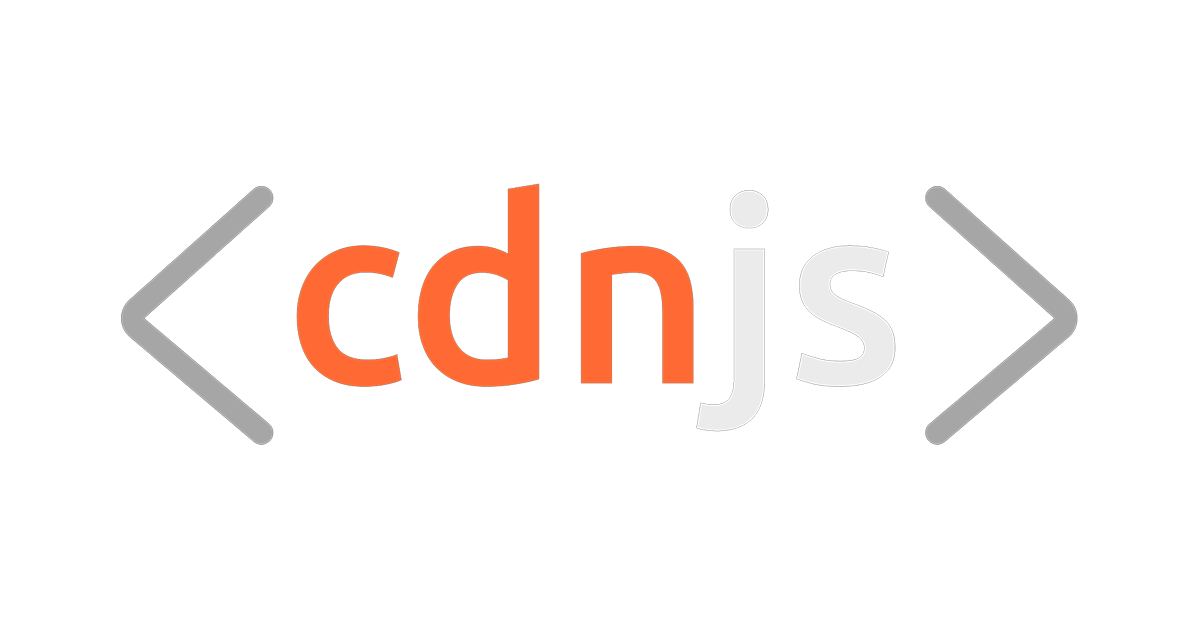
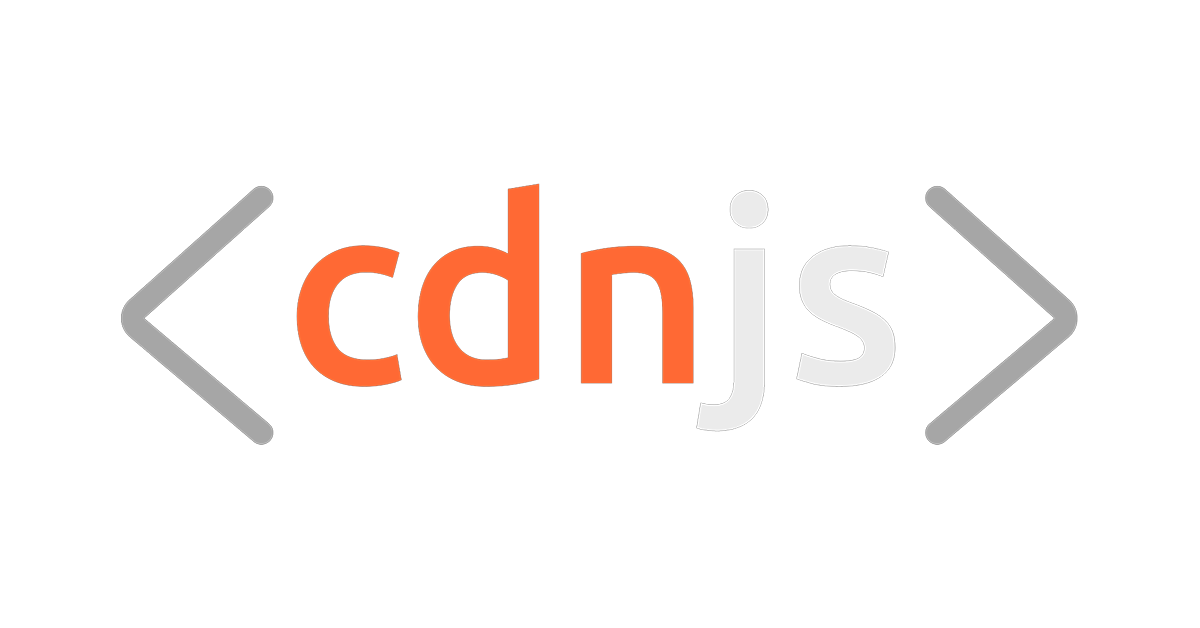
cdnjs provides JavaScript, CSS, images, and fonts assets for websites to reference with more than 4,000 libraries available. By utilizing cdnjs, websites can load faster with less strain on one’s own origin server as files are served directly from Cloudflare’s edge. Recently, a blog post detailed a vulnerability in the way cdnjs’ backend automatically keeps the libraries up to date.
This vulnerability allowed the researcher to execute arbitrary code, granting the ability to modify assets. This blog post details how Cloudflare responded to this report, including the steps we took to block exploitation, investigate potential abuse, and remediate the vulnerability.
This vulnerability is not related to Cloudflare CDN. The cdnjs project is a platform that leverages Cloudflare’s services, but the vulnerability described below relates to cdnjs’ platform only. To be clear, no existing libraries were modified using this exploit. The researcher published a new package which demonstrated the vulnerability and our investigation concluded that the integrity of all assets hosted on cdnjs remained intact.
Disclosure Timeline
As outlined in RyotaK’s blog post, the incident began on 2021-04-06. At around 1100 GMT, RyotaK published a package to npm exploiting the vulnerability. At 1129 GMT, cdnjs processed this package, resulting in Continue reading
